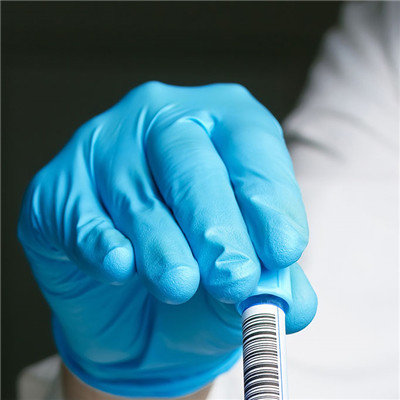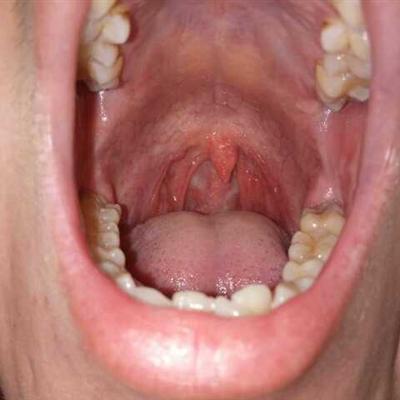What is group B Streptococcus?
summary
Streptococcus B is a conditional pathogen, which can colonize the male and female reproductive tract, intestinal tract and urethra, and can be sexually transmitted. The newborn can be infected directly from the mother, or by the mother's genital tract during delivery. In adults, group B streptococcal infection is rare, mainly in puerpera. In a few cases, it can also be the patients with low immune function, such as diabetes, chronic liver insufficiency, HIV infection, malignant tumor, immunosuppressive therapy and so on.
What is group B Streptococcus?
Group B streptococcal infection accounted for about 8% of all streptococcal infections. According to the different surface antigens, they can be divided into nine subtypes, i.e. IA, IB, II, III, IV, V, VI, VII and VIII. Hemolytic reaction of type A, type B or type C can be observed on the blood disc. The hemolytic streptolysin produced by the hemolytic strain is different from the O and s of group A, and has no antigenicity. According to the biochemical classification, this group of bacteria is Streptococcus agalactiae.

Group B streptococcus is a common pathogen causing puerperal fever. No matter which way pregnant women give birth, these bacteria can cause puerperal infection. Most of the puerperal infections caused by group B Streptococcus showed single bacterial infection, early symptoms, high fever (> 38.8 ℃), tachycardia, etc. Group B streptococcus is also the main pathogenic bacteria causing bacteremia and wound infection in pregnant women. It can also cause streptococcal pneumonia, meningitis, liver abscess and septicemia. The mortality rate is high, and it has been reported that the mortality rate can reach 29% - 52%.
In addition to early-onset infection, late-onset group B streptococcus infection is also a common type of neonatal late-onset infection. Late onset infection usually starts after the first week of postpartum or even more than 10 days after birth. Meningitis and sepsis are the main diseases, and there is a risk of meningitis sequelae. The most common serotype of meningitis is group B Streptococcus type III, accounting for 90% of meningitis.

matters needing attention
Penicillin should be used to treat group B streptococcal infection in neonates, infants and adults. When the pathogen of the initial infection is not identified, penicillin and aminoglycoside antibiotics can be combined to achieve synergistic antibacterial effect and expand the antibacterial spectrum. Once the pathogen is identified, penicillin can be used alone. However, aminoglycoside antibiotics are harmful to the hearing of newborns, and the dosage is difficult to control, so it should be avoided as far as possible.
















